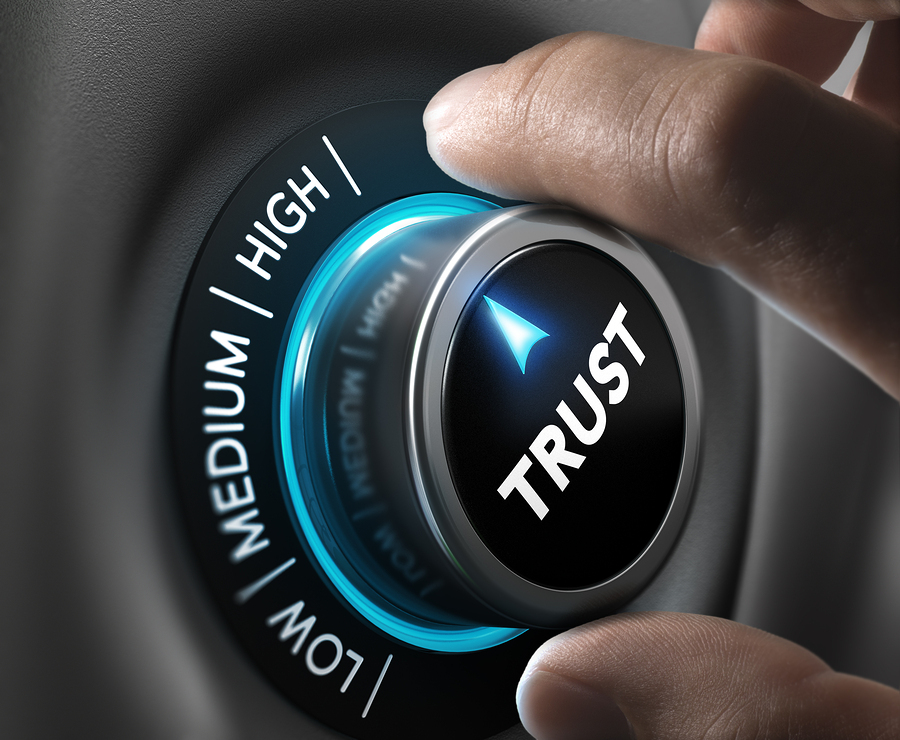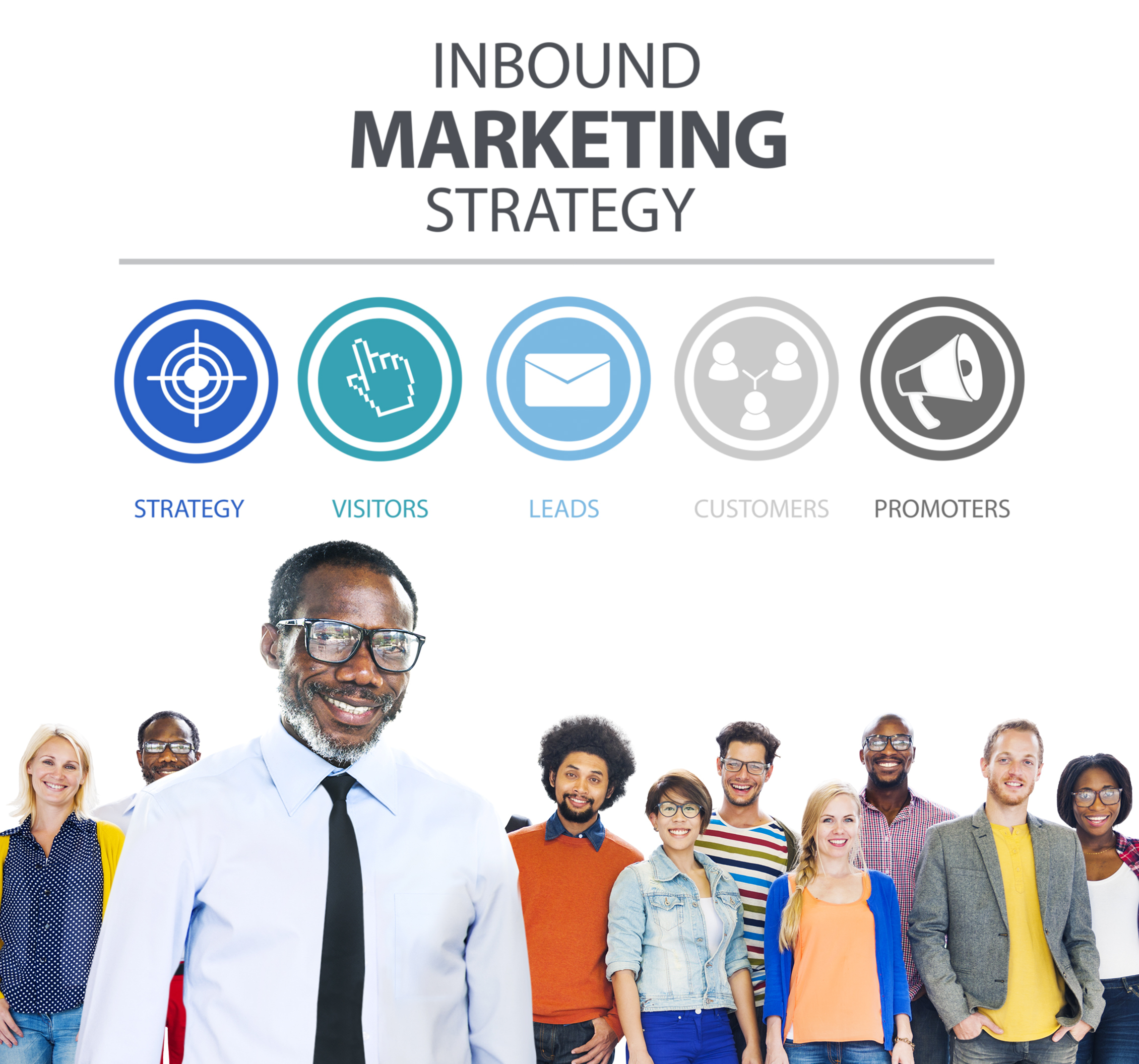Uber's rapid ascension to market dominance is a lesson for any company wanting to move away from high-friction transactions to easy, seamless and frictionless transactions. So, what exactly are frictionless transactions anyway? Answering this question ultimately comes down to understanding the simplicity and ease-of-use of Uber's payment platform and others just like it.
Only six years old, and with an estimated value of $40 billion, Uber has quickly established itself as a market innovator through its ride-sharing app, a mobile solution geared towards a cashless and painless process to securing and paying for a taxi.

It's all About Building Trust!
Users simply open the Uber app on their smartphone, input their destination of choice, and a series of ready-made solutions and routes are provided. A Uber driver is then dispatched. Prices are clear and far less expensive when compared to conventional taxis. The information is transparent and the entire process is simple and effective.
It's a win-win solution and one that has forever changed the landscape of paid transportation. However, Uber isn't alone. There are other companies, ones who have focused on making purchase and pay transactions in real-time a simple and painless process.
Apple's iTunes is a perfect example of a frictionless purchase and pay platform, one where its customers can easily purchase music, movies and their favorite television shows, all in one location. Apple has taken its payment processing to the next level by integrating its in-store products through iTunes. It's also looking into Bluetooth payment processing, which should directly target those harried individuals who are constantly on the move.
Amazon is another market stalwart that is simplifying how its customers purchase and pay in real-time. Well known for their immediate deliveries, they've combined that speed of response with prompts and reminders linked to purchases. Those reminders make customers aware of important add-ons while prompting them to make these must-have purchases.
Square has a unique take on a frictionless transaction. The company's simple plastic device plugs into any smartphone, instantly providing point of sale (POS) capabilities to anyone with a mobile device. Starbucks is yet another example. Its customers are able to link their Starbucks card to the company's mobile app and then use that app for transactions.
The Ultimate Inbound Marketing Strategy
These buy and pay processes are simple and easy-to-use. However, there's another more important reason these solutions are so invaluable to the businesses who offer them; securing a ready-made source of business leads allows these companies to constantly up-sell and cross-sell, all the while constantly moving their prospects along to another purchase. In the end, these are simplified payment processing approaches that are part of a larger inbound marketing strategy.

Keep Your Customers Happy!
Most companies assume that creating leads online implies generating new potential customers. However, business leads are any new opportunity your company has to generate a new transaction. Each of these aforementioned companies has adopted frictionless transactions as a means of reaching out to customers in order to make their purchase decisions easier and faster. Once the purchase is made, the customer's contact details and buying preferences are gathered so the company can provide additional information for the next time these customers make a purchase.
Think about how and why you only purchase from certain companies. More often than not, it's because they make it easy to buy, easy to deal with them and easy to feel empowered. Uber has definitely changed the landscape for payment processing, but they're not alone.
Looking to improve your customers' experience while also upgrading how your company generates leads online? If so, contact us.
Written By: Doug Milnor


